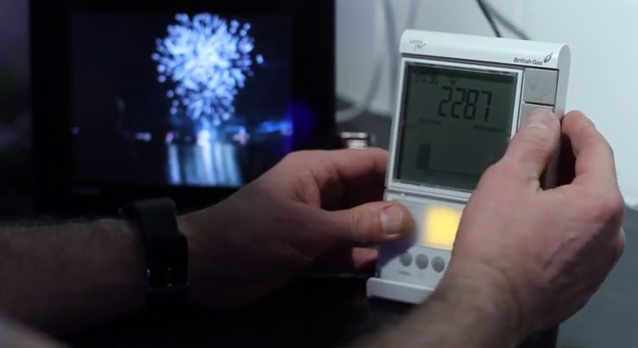
Solar PV Trials
We studied the load & generation profiles of hundreds of customers with rooftop solar photovoltaic (PV) cells, and looked at how these customers could make better use of the energy they generate using automated schemes and in-home energy displays.
What we wanted to find out
In the past electricity distribution was largely a one way street – electricity flowed down high voltage lines to customers at low voltages, but now, with increasing numbers of customers choosing to install solar PV and generate their own electricity, power has the potential to flow in both directions.
It’s the job of distribution network operators like Northern Powergrid to keep the lights on and ensure customers recieve a safe, secure and reliable electricity supply. As such, we need to understand the likely impact of this potentially disruptive new load on local electricity networks, especially where solar panels are installed in large numbers or clusters, on social housing estates for example.
Through our trials with solar PV users we were seeking to understand how much electricity our customers were generating and whether they were using it in the home, or exporting it to the grid (TC5). Around half of those taking part in the trial also trialled in-premises balancing, one trial automatically used any excess electricity generated into hot water storage (TC20Auto) while the other (TC20IHD) looked at whether the use of in-home displays that showed users when their solar panels were generating could encourage them to make better use the energy they were generating in the home.
Key Facts and Figures


What we learned
Through our trials we have learned that low carbon technologies are less disruptive and that customers are more willing to flex their electricity usage than was previously assumed. We found little evidence to suggest that our customers LCT installations were causing any major power quality issues. Specifically, through our solar PV trials we have been able to conclude that;
- The impact of solar PV is lessened due to the diversity of panel alignment that results in peak output at different times of the day – our new default network planning assumption is to apply a 10% discount to the previous assumption of full output, as used by the industry’s Transform™ model
- PV in-premises balancing, both manually and automatically triggered, provdies relatively little benefit to network operators seeking to shift demand out of peak. However, further development of the ways in which PV users can utilise their own generated electricity is recommended, particularly where installations occur in clusters.
For a summary of findings from our trials with domestic and SME customers, please visit our conclusions page. Some of the key learning documents from our trials with solar PV users are listed below; further analysis and project outputs can be accessed using the advanced search function on our project library. For information on how to obtain the original data collected during this trial for further research and analysis please visit the project data page.









